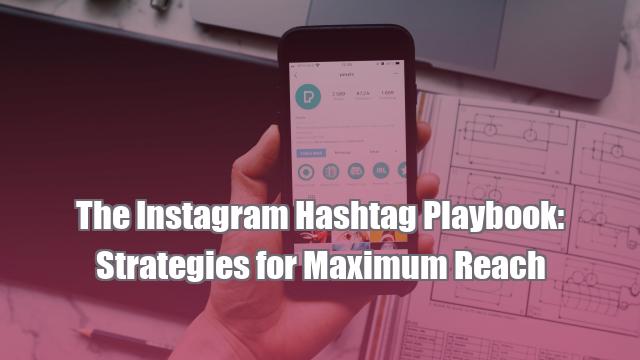table-of-content
- Why Most People Get Hashtags Completely Wrong
- The New Rules of Hashtag Strategy
- The Implementation Strategy That Actually Works
- The Hidden Power of Story Hashtags
- The Future of Hashtag Marketing
- Action Steps for Tomorrow
Why Most People Get Hashtags Completely Wrong
Let’s cut through the BS right now. You’re probably using hashtags like it’s 2016, throwing random popular tags on your posts and hoping for the best. That strategy is dead. The game has completely changed, and if you’re not adapting, you’re literally leaving money and engagement on the table.
What really matters now is precision, intent, and most importantly, understanding the psychology behind how users actually discover content through hashtags. This isn’t about gaming the system - it’s about providing value while maximizing your visibility.
The New Rules of Hashtag Strategy
The Relevancy Factor
Here’s something that might shock you: using all 30 hashtags available isn’t always the best strategy. I know, I know - this goes against everything you’ve heard. But hear me out. Through our testing at VaynerMedia, we’ve found that 8-15 highly relevant hashtags often outperform posts stuffed with 30 generic ones.
Why? Because Instagram’s algorithm has gotten scary good at understanding context and user intent. When you use fewer, more targeted hashtags, you’re actually helping the algorithm understand exactly what your content is about.
The Three-Tier Approach
This is the framework that’s absolutely crushing it right now:
Niche-Specific Tags (40% of your hashtags)
- These are the ones that speak directly to your core audience
- Usually have between 10K-500K posts
- Highest conversion potential
Growth Tags (40% of your hashtags)
- Moderately competitive
- 500K-2M posts
- Best for reaching new audiences
Reach Tags (20% of your hashtags)
- Broader, more competitive tags
- 2M+ posts
- Used strategically for exposure
The Implementation Strategy That Actually Works
Want to know what separates the pros from the amateurs? It’s not just about picking the right hashtags - it’s about how you use them. Here’s the real strategy that’s working right now:
- Research your competition’s most successful posts
- Analyze their hashtag mix
- Test different combinations
- Track your results religiously
- Adjust based on performance data
The Hidden Power of Story Hashtags
Here’s something nobody’s talking about: Story hashtags are massively underutilized. While everyone’s focused on post hashtags, story highlights can be a game-changer for brand visibility. I’m seeing accounts double their story views just by strategically using location and niche hashtags in their stories.
Real Talk About Hashtag Analytics
You want to know the truth? Most people never even look at their hashtag analytics. They’re just throwing stuff at the wall and hoping something sticks. That’s insane to me. You need to be tracking:
- Reach per hashtag
- Engagement rates
- Discovery metrics
- Time-of-day performance
- Audience overlap
The Future of Hashtag Marketing
Let me tell you where this is all heading. The future of hashtag marketing isn’t about quantity or even about perfect optimization - it’s about community building and genuine engagement. The most successful accounts I’m seeing are the ones creating their own branded hashtags and building communities around them.
Action Steps for Tomorrow
Here’s exactly what you need to do right now:
- Audit your current hashtag performance
- Create your three-tier hashtag lists
- Test different combinations for a week
- Track everything
- Double down on what works
Remember, this isn’t about short-term wins. This is about building a sustainable, long-term strategy that actually drives results. The opportunity is massive, but only if you’re willing to put in the work and stay consistent.
Are you ready to stop playing around and start taking your Instagram hashtag strategy seriously? Because if you implement what I’ve just shared with you, I guarantee you’ll see results. But you have to actually do the work. No shortcuts, no excuses - just pure execution.
The question isn’t whether these strategies work - they do. The question is: are you going to be the one to actually implement them?
